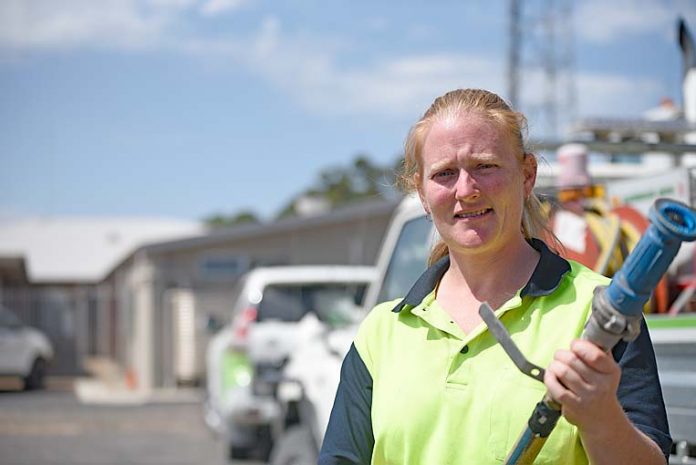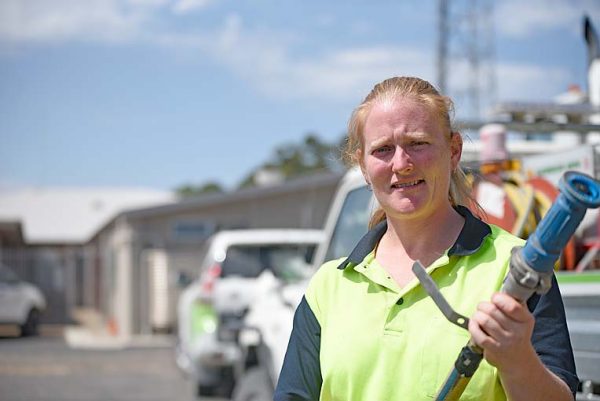

Picture: SANDRA MORELLO
THE South East’s fire risk has escalated with the region’s forestry industry warning the dangerous conditions will peak today and tomorrow.
Tinderbox conditions and soaring temperatures are fuelling a hazardous scenario for the region’s plantation owners, which have their firefighting arsenal on standby to respond to any emerging incidents.
Dozens of firefighters and firefighting equipment has been mobilised across the region and harvesting activities have ceased.
The community is expected to swelter through two consecutive days of 40 degrees today and tomorrow following the mercury yesterday climbing to the mid-thirties.
OneFortyOne Plantations fire manager Justin Cook said the fire threat had been determined as “severe”, which meant it had reached its highest level.”
“This means we have all of our resources manned and on standby,” Mr Cook said at the OFO depot in Mount Gambier yesterday.
“These three days (including yesterday) is the longest run of severe weather so far this fire season.”
Mr Cook revealed the level of dryness had also hit its peak this fire season.
“We have had very little rain since the middle of December. While we are fortunate Thursday was not too windy, it has the potential to be bad fire conditions,” he said.
OFO has mobilised its firefighting response, which includes include seven purpose-built Firekings, five bulk water carriers, three quick response vehicles and sixty staff.
“We also have a helicopter on standby if a fire starts, it goes up and provides intelligence about what the fire is doing,” Mr Cook revealed.
He said this helicopter was on standby at Nangwarry depot.
“It is days like this is what we prepare for,” Mr Cook said.
“It is now the driest it has been all summer – any fire over the next couple of days has the potential to cause damage and would be difficult to control,” Mr Cook said.
His comments follow regional plantation owners yesterday morning holding a teleconference in response to the heightened fire risk.
“We confirm where the aircraft are in Victoria and South Australia and we have mutual arrangements in place that if a fire starts on anybody’s land, the other forest growers send fire trucks to assist putting it out,” the fire manager said.
While there had been few fire incidents in summer, Mr Cook warned the community and industry must not be complacent.
“We had a fire on a fire break a couple of weekends ago, but it did not burn into the plantations,” he said.
Asked whether he was concerned given a spate of torched cars near plantations and property fires at Nangwarry, Mr Cook said arson was “always a concern”.
“But we have very little history of arson in this part of the world. I think people understand how important the forest is to the community,” he said.
“Days like today we have people controlling the forest and we have a work ban, which means forest operations ceased this (yesterday) morning.”
Given the forecast, these work bans are expected to continue today and tomorrow if the weather turns out as “predicted”.
Moreover, Mr Cook warned the fire risk extended through March and April.
“Last year our biggest fire happened at the end of April at Mumbannar in Victoria, where we lost 30ha of plantations,” he explained.
The other risk is when farmers started burning stubble or heaps on their properties after the end of the fire season.
“They may light a fire on a day when they think it is okay, but the next day may be a bad day and if has not been completely extinguished, it can cause an incident,” Mr Cook said.







